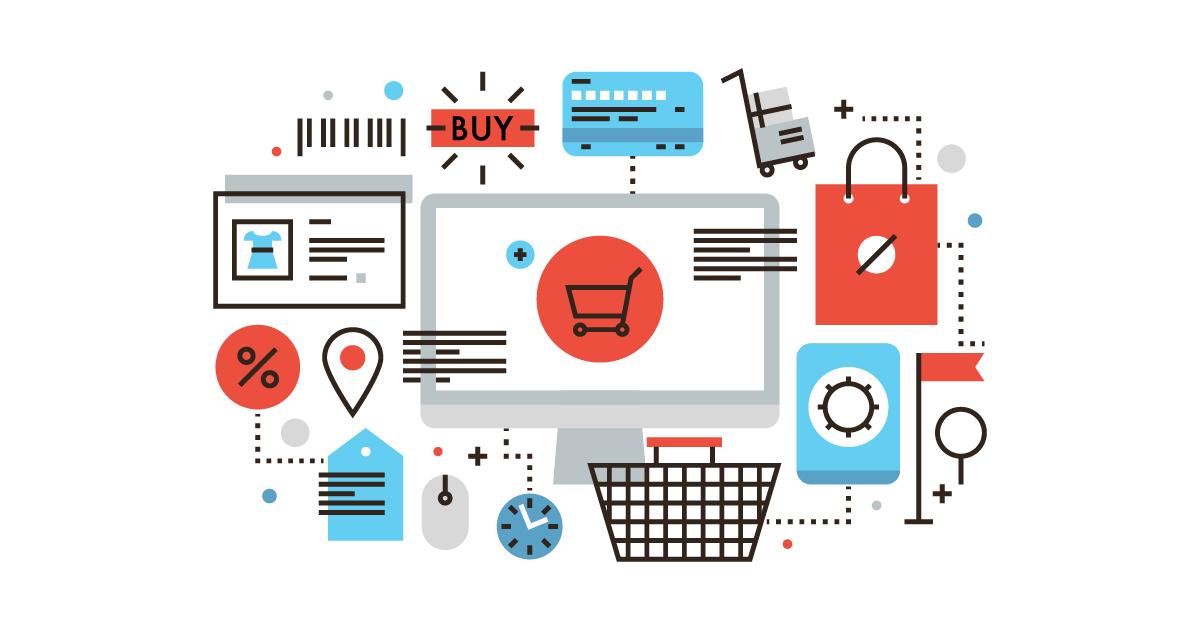
Sales Channels | In today’s hyper-competitive business environment, relying on a single sales channel is no longer sufficient for sustained growth. Entrepreneurs, especially those building their businesses from scratch, must diversify their approach to reach customers where they already are. But with so many options available, how do you choose the right ones for your business?
Here, we’ll dive deep into five essential sales channels that can help you scale efficiently, whether you’re a solopreneur, a small business owner, or managing a growing team.
1. E-commerce Platforms: Your Digital Storefront
E-commerce platforms like Shopify, Amazon, and Etsy have transformed the way we shop, providing businesses with instant access to a global audience.
Why They Work:
- Built-in Traffic: Platforms like Amazon already have millions of daily visitors searching for products.
- Ease of Use: No need to build a website from scratch—these platforms provide user-friendly tools to list, manage, and sell your products.
- Trust Factor: Customers often feel more comfortable buying from established marketplaces with built-in payment and return systems.
Best Practices:
- Optimize Your Listings: Use high-quality images, keyword-rich descriptions, and clear pricing to attract buyers.
- Leverage Reviews: Encourage satisfied customers to leave positive reviews, as they heavily influence buying decisions.
- Expand Slowly: Start with one platform and expand to others once you’ve refined your processes.
2. Social Media: Where Connection Meets Conversion
Social media platforms like Instagram, Facebook, and TikTok are no longer just for brand awareness—they’re powerful sales channels in their own right.
Why They Work:
- Direct Engagement: You can interact with customers in real time through comments, DMs, and live videos.
- Visual Appeal: Platforms like Instagram are perfect for showcasing your products in action.
- Built-In Shops: Features like Instagram Shops and Facebook Marketplace allow users to purchase directly without leaving the app.
Best Practices:
- Focus on Storytelling: Don’t just sell—share the story behind your brand to build emotional connections.
- Use Paid Ads: Social platforms offer precise targeting to ensure your products reach the right audience.
- Embrace Trends: Use trending formats like Reels or TikTok videos to boost visibility.
3. Your Own Website: Full Control Over the Customer Journey
While third-party platforms are essential, having your own website ensures you own the customer relationship.
Why It Works:
- Brand Ownership: Your website reflects your unique identity, free from the constraints of marketplace branding.
- Higher Profit Margins: Unlike platforms that charge fees, your website lets you keep a larger share of the revenue.
- Flexibility: You can create custom pages, run unique promotions, and tailor the shopping experience to your audience.
Best Practices:
- Invest in SEO: Optimize your site for search engines to attract organic traffic.
- Ensure Mobile Optimization: With over half of web traffic coming from mobile devices, your site must look great on smaller screens.
- Add a Blog: Share tips, stories, and guides to build trust and keep visitors coming back.
4. Business-to-Business (B2B) Partnerships: Expand Through Collaboration
Partnerships with other businesses can open doors to entirely new customer bases. This channel is particularly effective if your product or service complements another business’s offerings.
Why They Work:
- Shared Resources: Tap into the credibility, audience, or infrastructure of your partner.
- Lower Acquisition Costs: By leveraging a partner’s audience, you can reduce your own marketing expenses.
- Mutual Growth: Both businesses benefit, creating a win-win dynamic.
Best Practices:
- Find the Right Fit: Partner with businesses that share similar values or target audiences.
- Start Small: Test the waters with a limited collaboration before committing to a long-term partnership.
- Measure Success: Track metrics like lead generation, sales conversions, and brand awareness to ensure the partnership is effective.
5. Email Marketing: The Most Cost-Effective Channel
Email marketing remains one of the most powerful tools for driving sales. It allows you to connect with your audience on a personal level while maintaining control over the conversation.
Why It Works:
- Direct Line to Customers: Unlike social media, email is not affected by algorithms.
- Cost-Effective: With minimal investment, you can create campaigns that generate significant returns.
- High Engagement: Personalized emails have much higher open and click-through rates than generic ones.
Best Practices:
- Segment Your Audience: Send tailored messages based on customer behavior, preferences, or demographics.
- Provide Value: Offer exclusive discounts, early access to products, or useful tips to keep subscribers engaged.
- Automate Campaigns: Use tools like Mailchimp or HubSpot to schedule and track email sequences.
How to Choose the Right Sales Channels
With so many channels to explore, it’s essential to prioritize based on your business model, resources, and target audience. Here’s a quick guide:
- Understand Your Audience: Where do your ideal customers spend their time? Start there.
- Test and Iterate: Experiment with different channels, track performance, and adjust your strategy.
- Balance Your Efforts: Avoid spreading yourself too thin. Focus on mastering a few key channels before adding more.
Conclusion: The Power of a Multichannel Approach
Relying on a single sales channel is risky in today’s dynamic business landscape. By diversifying your sales efforts across platforms like e-commerce, social media, your website, partnerships, and email marketing, you can build a robust, scalable strategy.
At im2book, we understand the importance of reaching customers where they are. That’s why we help entrepreneurs like you leverage these channels effectively to drive growth. Ready to take the next step? Let’s start building your multichannel sales strategy today!
